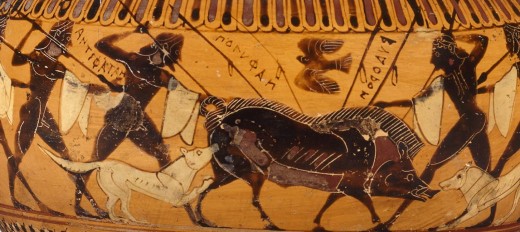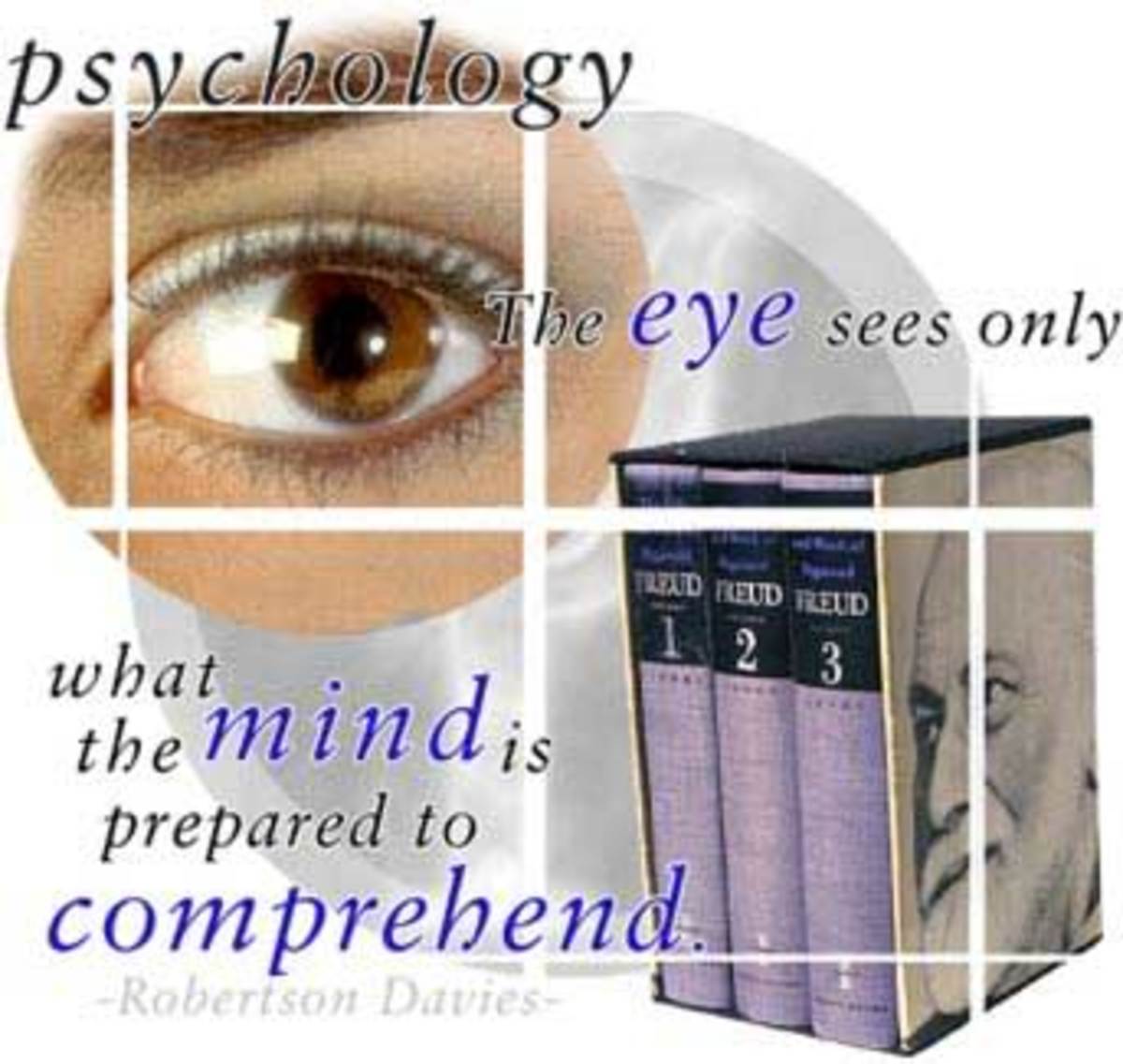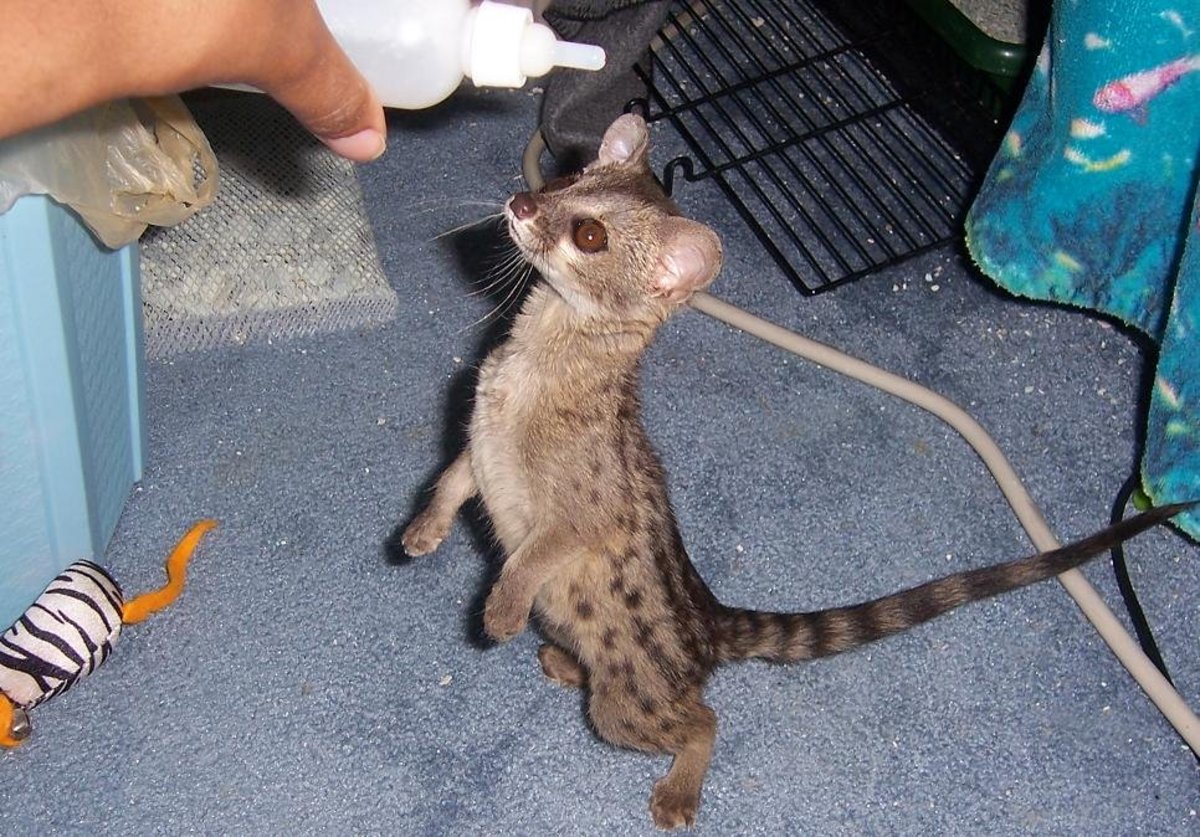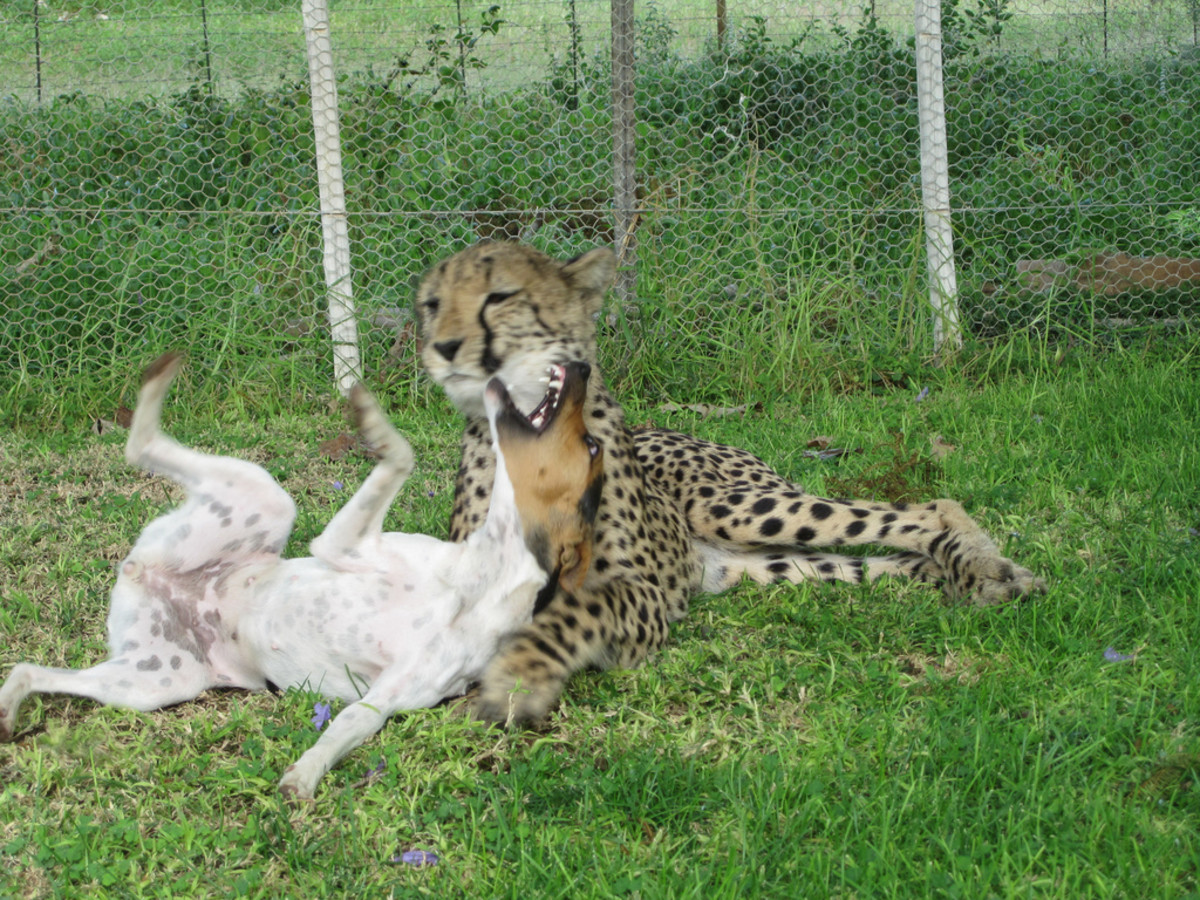Animals and Human Behavior

The actions of animal in response to environmental stimuli or internal physiological changes are called animal behavior. Animal have been observed rescuing their young, aiding their injured, and appearing upset over the loss of a mate.What causes these behaviors? Is it instinct? Learned behavior? Why animals migrate?Why they hibernate? Many of these questions are still unanswered.
INTERNAL CONTROL
The functions and behavior of animals seem to be controlled by internal timing. Animals eat, sleep, hunt, and exercise at certain times of the day this internal timing is usually called a biological clock. All animals seem to have biological clocks. These clocks control certain cycles within a 24-hour day. They may also involve longer periods of time, such as months or seasons. The cycles are repeated patterns of activities that include sleeping, eating, and other. These cycles are also operative in humans.
Humans respond to biological clocks.Most humans sleep at night and are active during the day. Travelers moving into different time zones experience a problem called jet leg. A person may travel to a country where the business day is at its peak. But at home it may be 2:00 AM (early morning). So the travelers inner clock is still functioning on that time cycle. Sometime it takes several days to adjust to these time differences.
DIURNAL
Animals that are active during the day are called diurnal animals.
NOCTURNAL
Animals that are active during night are called nocturnal animals. Bats are nocturnal.
MIGRATION
The animal travels in response to seasonal changes or for breeding are called animal migration.The tiny humming bird crosses the Gulf of Mexico. Some birds migrate across Sahara.
HIBERNATION
The long deep sleep usually during winter is called hibernation.
ESTIVATION
Animals like amphibians and reptiles go through an inactive period usually in hot dry summer months is called estivation.
© 2019 Fouzia Rehman







